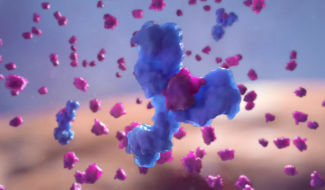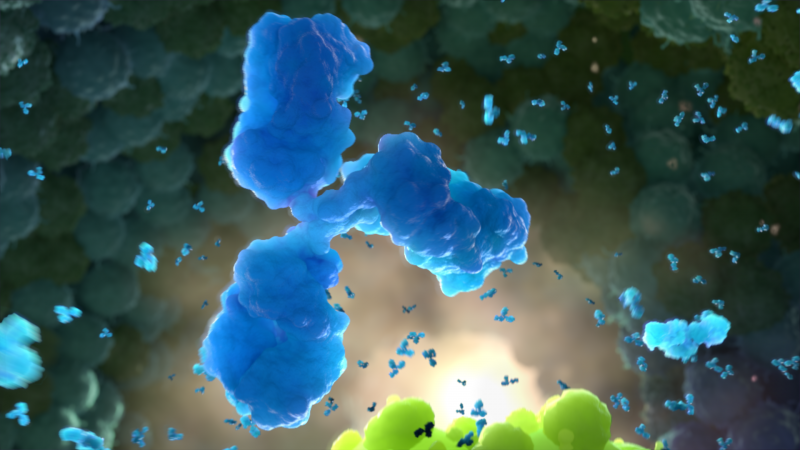Animation Expedition #6 - How Hepatitis B Tries to Evade Our Immune System

Your liver is the largest organ inside your body. Among other roles, its job is to clear your blood of toxins. That’s why liver disease is so serious. Hepatitis B is one form of liver disease. Hepatitis B passes from person to person through body fluids, similar to HIV, which causes AIDS. However, hepatitis B is much more easily transmitted than HIV. Hepatitis B attacks liver cells. People who have the disease are at risk of death from liver cancer and chronic liver failure (cirrhosis). Around the world, more than two billion people are infected with hepatitis B virus. About one million die as a result of their infection. In this animation, we learn how hepatitis B infects cells, and how it evades the immune system.
View the animation How Does Hepatitis B Combat the Immune System?
All battles are won or lost based on numbers and tactics. Hepatitis B virus replicates inside liver cells. In the war between hepatitis B virus and the immune system, the virus has a secret weapon. It produces large quantities of a protein that is usually found on the surface of the virus. The large quantities mean that extra surface proteins are left after the new viruses are assembled. These extra proteins float freely in the bloodstream. They help the virus by tricking our immune system. How do they do that?
As with other viruses, our immune system recognizes hepatitis B as an invader. It mounts an immune response. Part of the response includes making molecules called antibodies. The antibodies are shaped to latch onto the surface proteins of the virus. When they do this the virus is stopped from infecting a cell. But the antibodies also latch onto the extra proteins floating in the blood . In this way, the extra proteins act as decoys. The result is that some virus particles remain free to infect other liver cells. The cycle of disease can continue. In most people, their immune system overcomes this viral trickery. But for some, their immune system does not overcome the infection. These people remain infected over a long period of time. It is this group of people who may develop cirrhosis or liver cancer.
Before the 1980s, a vaccine against hepatitis B didn’t exist. Today, there is still no cure. People with chronic liver disease must take antiviral drugs. These drugs can reduce the chance of developing long-term liver damage. However, prevention by vaccine is better than treatment with drugs. This is particularly true for children. Children exposed to hepatitis B at birth are more likely to develop a long-term infection.
Maurice Hilleman made the first vaccine against hepatitis B. It used blood donated by people infected with hepatitis B. This method raised concerns about the safety of the vaccine. When genetic engineering was developed, Dr. Hilleman and others saw a chance to develop a new version of hepatitis B vaccine. This method did not require human blood. Using genetic engineering to create vaccines will be the topic of our next Animation Expedition.
Watch for future animation expeditions to learn more about your immune system, diseases and vaccines.
Check Your Understanding Questions:
- According to the video, how many extra surface proteins may be released during a hepatitis B infection?
- Write out this number in scientific notation.
- How does this number compare with the number of cells in the adult body? (Hint: the human body contains around 40 trillion human cells, excluding bacteria and other microbes).
Answer
- 500 quadrillion
- 500 quadrillion = 500 million billion = 5 x 1017
- 40 trillion = 4 x 1013 Therefore, the number of proteins is around 12,500 times greater than the number of cells in the body. That is, for every cell in the body, the virus produces 12,500 proteins.
This is the sixth in a series of postings highlighting our Vaccine Makers Project animations.

